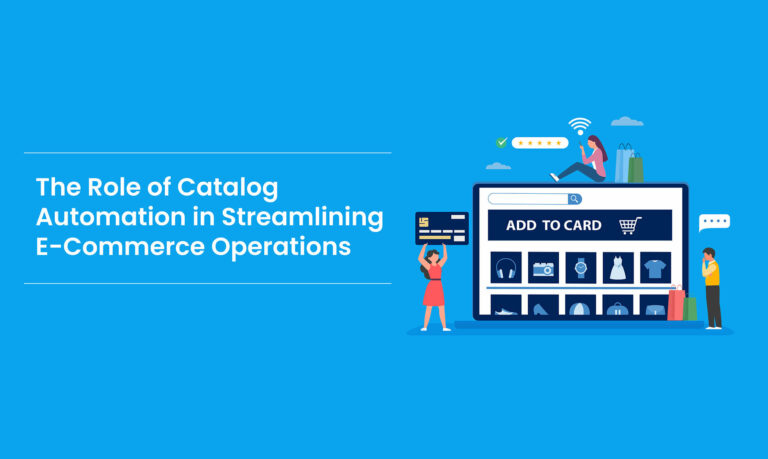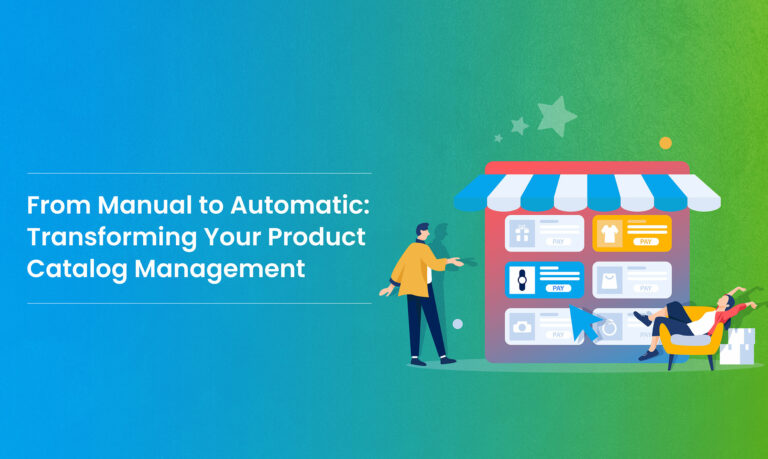Let’s explore why it is essential to prioritize catalog optimization:
- SEO Ranking and Visibility: Increased exposure on search engine results pages (SERPs) can be achieved via optimizing a product catalog for search engines. This guarantees prospective buyers can easily locate and examine your stuff online.
- Customer Retention: Customers may become frustrated and dissatisfied with inaccurate or under-optimized catalogs. An optimized catalog increases the likelihood that you will keep devoted clients relying on your company to provide accurate and trustworthy product information.
- Brand Credibility: Consistent and accurate product information builds and maintains the brand narrative and credibility.
- Adaptability to Market Trends: Catalog solutions that have been streamlined make it simpler to adjust to shifting market trends. Automated data organization can make it easier for your business to benefit from market trends.
- Cross-Selling and Upselling Opportunities: With clear product categorization and related product recommendations, businesses can encourage customers to explore additional offerings, boosting overall sales.
Introduction
It is crucial to have effective catalog management services in place in order to tackle the growing competition in the field. Optimizing eCommerce catalog performance will result in effective and efficient product management that will drive new traffic and convert browsers into paying customers. Partner with Rubick.ai; a one-shop stop that provides solutions for all your cataloging needs, from catalog creation to distribution, and experience management.
Why Is It Crucial To Optimize eCommerce Catalog Performance?
Poor product catalog management and non-optimized description can result in opportunity and business loss. It can result into
- Incorrect product information passed on to the customers
- A significant drop in sales volume
- Loyal customers shifting to other stores
- Fall in market credibility
- Poor customer experience
- Increase in sales returns
8 Effective Ways to Optimize eCommerce Catalog Performance
Correct Product Description
A description is a detailed explanation of the product and its features. It is an opportunity to grab the attention of the customer. It helps in making the right decision. A product with a well-articulated description will drive more visitors and convert into sales.
Good Quality Self-Explanatory Images and Videos
There is a direct correlation between product photo quality and brand image. In the eCommerce transaction, the physical touch between the product and the visitor is absent. Photos and videos act as a bridge. They assist customers in better visualization and understanding. A standardized format and high-quality photos and videos attract customers by making products appealing.
Seo-Friendly eCommerce Catalog
Good photos and descriptions convert potential visitors into customers. But they don’t bring customers. It is the search engine’s work to show relevant content to prospective customers. That is why getting ranked high on search engines will enhance visibility. A catalog that should adhere to SEO and incorporate keywords will fetch customers to the online store.
Real-Time Update of Inventory Level
A synchronization between physical inventory and an eCommerce catalog is a must. A product appears to be available in an online store, but physically out of stock is a deal breaker. It could drive customers away. It is difficult to track inventory manually; automatization of the process will make it easy to handle.
Harmoniouse eCommerce Catalog Structure
The catalogs can be divided and organized into categories and subcategories for ease of navigation. In optimizing eCommerce catalog performance, it must follow easy to traverse format. It is a vital aspect in increasing the visitor conversion rate.
Promote Cross-Selling and Upselling
The goal is not only to acquire new customers; it also includes retaining old ones. It is comparatively easy to hold the existing customers. Adding tags like “similar products” and “also bought with” promotes cross-selling and upselling. And ensure maximum customer satisfaction.
Centralized Product Information Management System
You have to maintain numerous data points and details for every single product listed on your online marketplace, for example, Product Name, Short Description, Category, Sub-category, Inventory Status, Pricing, Applicable Taxes, Logistics, Return Policies, Exchange Policies, Regulatory Requirements, and more. A slight error or mistake could easily disrupt the complete process. A centralized information repository makes for efficient data management.
Optimizing eCommerce Catalog Performance on All Devices
Your customers visit the store with various gadgets, like laptops, tablets, mobile, etc. If your catalog fails compatibility with various devices, it will negatively impact the brand and customer experience. The majority of customers use mobile for online shopping, so it is essential to have a mobile-friendly catalog design.
Conclusion
Optimizing eCommerce catalog performance will streamline your operations and accelerate your success with exceptional customer experience. It will leave a lasting impression on customers and establish a strong brand image. Explore catalog optimization and digital asset management with Rubick.ai.


